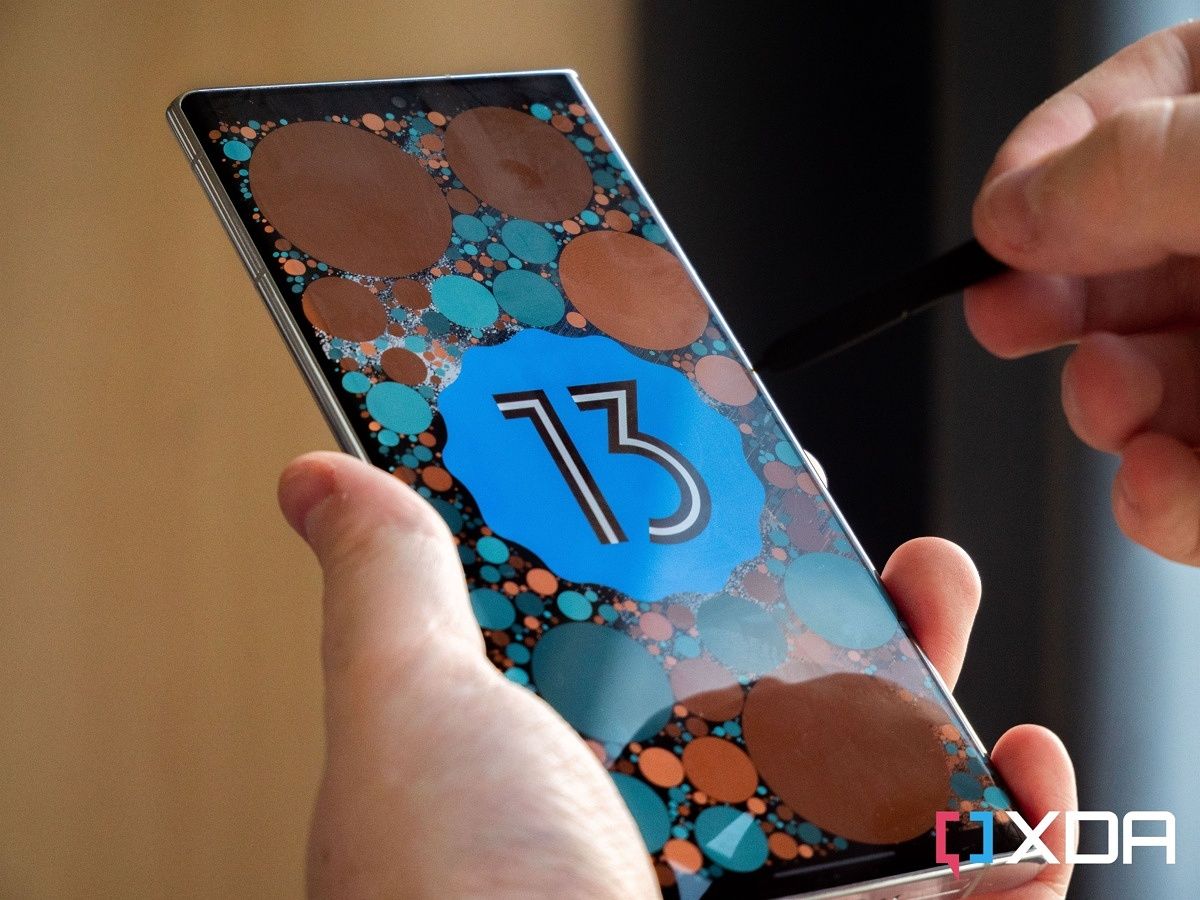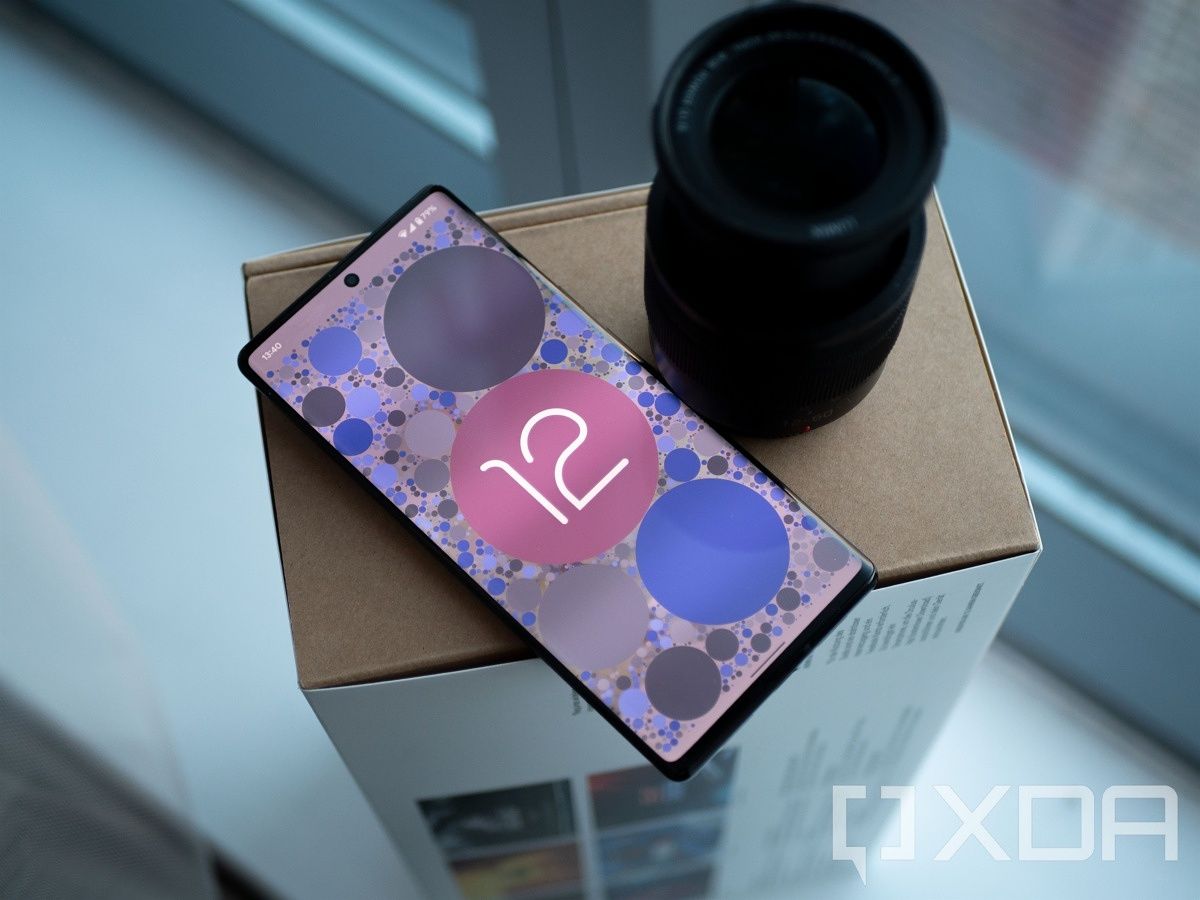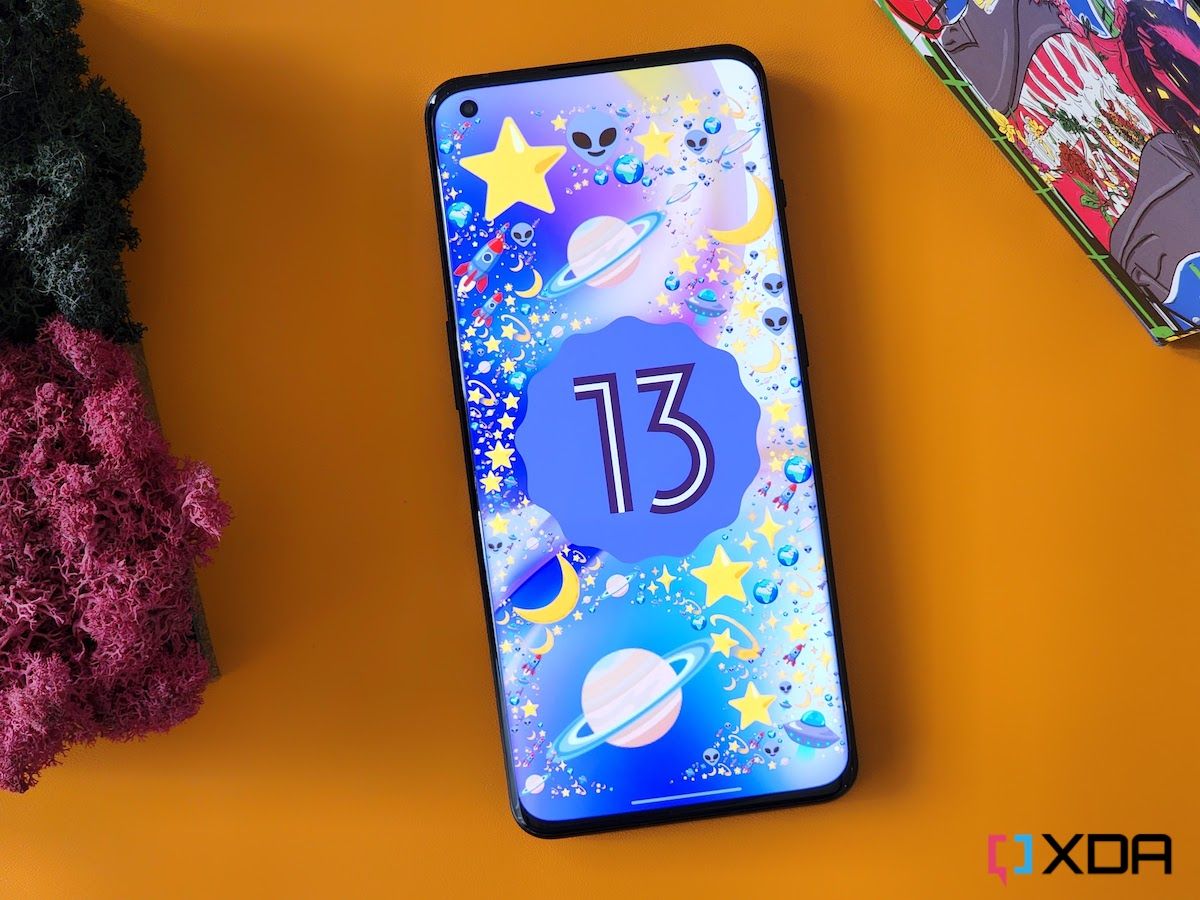Flashback to the lead-up to Android 12 — an exciting new redesign on the horizon for the largest operating system in the world, and a completely different set of smartphones were going to launch with it. Android 12's source code dropped just over a month before the new Pixel phones, which was a little weird, but nothing out of the ordinary. Then, the Google Pixel 6 series launched, and we realized that somewhere, somehow, something had gone wrong.
Looking back, Android 12 was clearly a half-baked operating system that could have done with some (read: a lot more) polish. The Google Pixel 6 series was the best example of this, though part of the problem could have also come from Google wrangling with its own processor-related problems. Nevertheless, we saw issues rear their heads left and right with OnePlus, Samsung, and more issues and delayed updates to the Pixel 6 series for several months before things finally stabilized. Where did it all go wrong?
Android 12 was a mess for a lot of reasons
Senior Technical Editor at Esper, Mishaal Rahman, called Android 12 "the biggest OS update to Android since Android 5.0 Lollipop," in a statement given to The Verge. So much changed both visually and under the hood, and for many users, there were a ton of issues as a result. OnePlus dealt with its own issues relating to Android 12, the Samsung Galaxy Z Flip 3 and Fold 3 ran into numerous issues with its beta program, and after the dust settled, Google announced the first-ever quarterly platform release beta. This was likely the result of the disarray that had left its newest phones well behind the curve in security patches.
Google Pixel 6 series device owners received the November 2021 update a week later than expected. Then, shortly after the December 2021 update rolled out to a handful of users, its deployment was canceled due to connectivity issues.
Many companies were completely screwed in the process.
Its delay was especially a problem because as Esper points out, that update fixed nearly 100 bugs in Android 12. That's a lot of bugs that users had to wait a long time to be fixed. A massive Android update coupled with the holiday season meant that the situation only went from bad to worse, especially with a bug that would prevent device owners from calling emergency services in certain conditions.
Many companies were completely screwed in the process, and OnePlus instantly springs to mind. Given the changing winds inside the company, the plan was to merge OxygenOS and ColorOS into one, unified code base. This was essentially a double whammy; not only would you be flashing an entirely different Android-based operating system over what you currently had, but the update from Android 12 also presented its own issues. The best-case scenario when you updated was that things would just... work, but it quickly became apparent that for most users, factory resetting after installing the update was the easiest way to have a usable phone again. Even then, it still wasn't great.
OnePlus later released an update that fixed the remaining problems, but only after it had canceled the rollout of its first botched attempt at OxygenOS 12.
Android 13 to the rescue
In contrast, Android 13 is very much not the same as Android 12. Its rollout to Google Pixel devices breathed new life into the likes of the Pixel 6 series, and the Pixel 7 phones have had no delayed updates or major software problems to speak of so far. There are some reports concerning issues relating to swiping, but they don't affect every user, which would lead me to believe that's not strictly an Android 13 issue. As well, Samsung is already rolling out One UI 5 to supported devices, and both ColorOS 13 and OxygenOS 13 are rolling out, too. There are no major bugs being reported for any of these smartphones after their respective updates, which certainly bodes well. Anecdotally, I've also found that the Samsung Galaxy S22 Ultra is finally usable, which, trust me, is not a low bar to clear after the experience I had.
However, one could argue that Android 12 QPR3 is where things really began to pick up. While Google seemed to screw up the messaging a bit after QPR2 (since users expected they would be able to go straight to Android 12L instead of the next QPR beta), around the final betas of QPR2 and the first betas of QPR3, it became apparent that there were many improvements. In fact, some users had switched to the beta program to experience a more stable version of Android 12 — that's how bad Android 12 was.
Nevertheless, for normal users, Android 12 QPR3 is where things really felt normal again. Performance was finally fluid, there were no more random stutters, slowdowns, and crashes, and it seemed that Google had even managed to reign in the battery life a bit. It still wasn't great (especially with the Pixel 6, regardless of how many optimizations Google threw at it), but it was in a much better place. Android 13 incorporated a lot of these improvements and optimizations, but regardless, it's clear that Android 12, for most of its lifecycle, was simply not up to snuff.
What happened with Android 12?
There are likely a few reasons why Android 12 was a mess, besides the fact it was such a major overhaul of the operating system. Google has a set timeline where it works on the operating system before switching purely to bug fixing, and extending that development timeline would encroach either on bug fixing or even on the next development cycle.
On top of that, Android 12 was also developed while Google's work-from-home policies were still in effect. Sure, companies had figured out work-from-home by then, but for such a large overhaul, it may have hampered development. While I'm a proponent of work-from-home policies, I can definitely speak to how much simpler it can be to work on a project in close proximity. Google only pulled workers back to the office in April this year, after workers pretty much exclusively worked from home beginning in March 2020.
While things eventually were ironed out, it took a long time to get to that point. Android 13 is the best iteration of Android yet, and while it definitely is a lot more of an iterative update over Android 12, nobody said that's a bad thing. We're looking forward to Android 14 because, as Google polishes off Android, lest we see any major overhauls, things should only get better from here.



